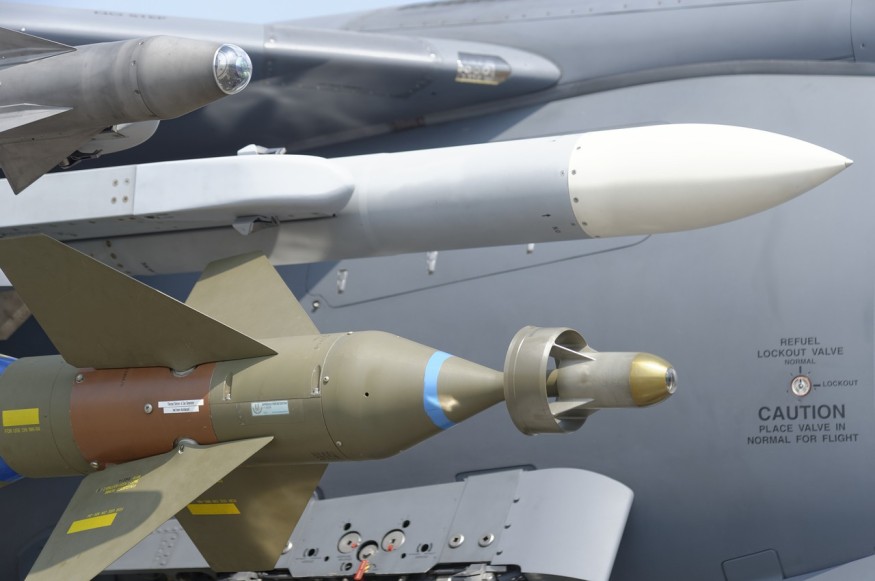
Russia allegedly used hypersonic missiles against Ukraine in March, which posed a significant national and global security threat. The next-generation weapon is deemed "unstoppable" due to its ability to change course to avoid detection and anti-missile defenses. Also, they fly higher than slower subsonic missiles but lower than ballistic missiles.
Aerospace engineer Professor Iain Boyd from the University of Colorado Boulder discusses in an article in The Conversation how hypersonic missiles pose a threat to security and why they are difficult to detect and target.
What Are Hypersonic Missiles? Aerospace Engineer Explains Possible Threats, Unique Features Compared to Next-Gen Weapons
Hypersonic Missiles Have Destabilizing Effect
Hypersonic missiles that Russia, China, and the US are developing could pose a significant threat to other countries if used in warfare. These countries primarily developed such weapons because their enemies would have difficulty protecting themselves from attacks using those missiles due to their high speed.
Hypersonic systems fly faster than the speed of sound at 761 mph (1,225 kph) at sea level and 663 mph (1,067 kph) at the height where passenger jets fly.
These systems have long been in use for decades, such as when astronaut John Glenn's capsule returned to Earth after a crewed flight around the planet and also the intercontinental ballistic missiles (ICBM) in the nuclear arsenal are also hypersonic that could travel 15,000 mph (24,140 kph) at maximum velocity.
New generation hypersonic missiles fly so fast, but ICBMs are faster. Hypersonic missiles are launched on smaller rockets to keep them within the upper part of the atmosphere, while ICBMs are launched on large rockets and fly on a predictable trajectory that takes them out to space and back into the atmosphere.
Russia claims that its hypersonic weapons can carry nuclear warheads, which is alarming whether it's true or not. In the case of the US, their hypersonic weapons have speeds that could cause last-minute diplomatic resolution to be severely reduced if the first strike is made.
The destabilizing influence of hypersonic weapons represents the greatest risk they pose. As Professor Boyd said, the US and its allies should field their brown hypersonic weapons to be able to negotiate with other countries, like Russia and China, to develop a diplomatic approach to managing these kinds of weapons.
ALSO READ : Elon Musk Confident That Russia Cannot Bring Down SpaceX Starlink Using Missiles, Here's Why
Different Types of Hypersonic Missiles
Professor Boyd identified three different types of non-ICBM hypersonic in his article. These weapons are aero-ballistic, glide vehicles, and cruise missiles.
The aero-ballistic hypersonic system travels at hypersonic speed using a rocket followed by a ballistic after being dropped from an aircraft. It was reportedly the type Russia used when it attacked Ukraine last month. The said technology has been around since the 1980s.
Secondly, the hypersonic glide system is boosted by a rocket to a high altitude before it glides to the target. The most common example of this type is the Avangard of Russia, the Conventional Prompt Strike system used by the US Navy, and the more advanced Dongfeng-17 of China,
Lastly, the cruise missile is boosted by a rocket that travels at record speeds using an air-breathing engine known as a scramjet. The engine ingests air, allowing cruise missiles to use smaller launch rockets than the glide vehicles, which cost less and can be launched from more places. For now, China and the US are developing hypersonic cruise missiles and have been testing them.
RELATED ARTICLE: How Do Laser-Guided Missiles Work? Britain Lends Ukraine Its Startreak to Shoot Down Russian Helicopters, Putin Not Happy
Check out more news and information on Missiles in Science Times.












